Apple wants to wipe Google off the map with iOS 6
Apple's new mapping software in iOS 6 marks an attempt by the iPhone maker to further marginalize its rival, Google. By taking away a significant source of traffic, Apple hopes it can help push Google quite literally off the map.
Back in 2007, Apple debuted its original iPhone Maps app as a touch driven interface for exploring Google's extensive and free online maps, but as Google subsequently introduced Android as a competitive threat, Apple has rethought its dependance upon the Google partnership for iOS maps.
Since the debut of the original iPhone, Apple has adopted new features of Google maps, including traffic reports, transit directions and StreetView. However, as Google continued to roll out many other mapping features that strategically supported its various advertising businesses, Apple began ignoring them.
Apple's iOS doesn't support Google's Maps Navigation features, nor does it incorporate support for Google's Loopt-like Latitude or its Yelp-like Places features that are all integrated into Android's version of Google Maps.
Instead, Apple began working on its own maps server for iOS 6 (pictured above), a significant undertaking given the years Google has invested in improving its market leading map services. Google has previously faced competitive challenges from others, including Microsoft's Bing, but Microsoft now has virtually zero presence in mobile devices. Additionally, Microsoft just skates to where the puck is, making it easy for Google to maintain a comfortable lead just by remaining in motion.
Apple, on the other hand, accounts for more than half of all mobile devices, including the majority of tablets with iPad, a virtual lock on iPod-like music players, and a commanding presence in smartphones. More importantly, Apple isn't just planning to replace Google's maps in iOS. It is launching plans to deliver significantly better mapping services, something that will force Google to work hard to keep up.
On page 2 of 3: Apple takes over maps
As the curator of the iOS platform, the introduction of Apple's own new Maps app in iOS 6 will instantly replace Google on every new mobile device running iOS and for every user who upgrades. And because Apple is extending iOS 6 upgrades back to 2009-era iPhone 3GS users, that effectively means nearly all iOS users can and will upgrade.
Apple won't be supporting the original 2010 iPad in iOS 6, but that entire year's production only represents a fifth of the installed base. And by the time Apple begins offering iOS 6, it will have sold more new iPad models in just the fall quarter than it sold in all of 2010.
Apple's ability to rapidly unplug its vast iOS installed user base from their reliance upon Google Maps stands in sharp contrast to Android and other mobile platforms where new OS releases are only ever available to a small proportion of the installed base, so even those who do want to upgrade can't.
Additionally, those upgrades are often delayed by carriers and complicated by other factors to the point that many eligible users don't bother or don't even realize they can upgrade.
In addition to Apple taking over the role of supplying map data to its own iOS Maps app, all third party apps that tap into the iOS Maps APIs to create their own custom maps, plot directions or pinpoint a location will now automatically get their maps data from Apple rather than Google, thanks to the way Apple is implementing a compatible API layer in iOS 6 that accesses its own in-house mapping services. Existing apps will "just work" with Apple's maps.
Apple has already replaced some of the rudimentary GPS location mapping in iPhoto with its own in-house maps, but evidence suggests the company will soon move all of its dependence upon Google Maps in-house soon, including making its own Maps client available for OS X users.
Note that the basic OpenStreetMaps used in iPhoto to pinpoint the location of geotagged photo (above top, on an iPhone) are not anything like the detailed, easy to read maps Apple will be using in iOS 6 (above bottom, shown on a Retina Display new iPad). Google's existing map data is shown in the middle for comparison (above center, on an original iPad).
On page 3 of 3: This all happened before, Apple partners more closely with Yelp
Apple's strategic move to its own in-house Maps isn't entirely unprecedented. The company initially established Safari's WebKit as the primary mobile web browser by making it the default and only option on the iPhone, leveraging its quality and usability to attract customers who rapidly abandoned the primitive browser experiences offered by RIM, Palm, Microsoft and Nokia's Symbian.
More recently, while Google had spent years developing support for its mobile Speech Services technologies, Apple rapidly customized its own Siri acquisition and instantly captured the leading role in delivering usable, desirable voice assistance services with last fall's iPhone 4S launch.
By erasing its dependance upon Google to power iOS 6 Maps, Apple will also starve Google of massive amounts of maps-based traffic that the search giant uses to compile its own traffic and transit data. Apple will now keep all that data itself, giving it the upper hand in being able to see what features people are using and in subsequently developing future Maps features that best target those needs.
Google (and Apple's other competitors) aren't building web browsers, speech and mapping services for free; they're doing so because they hope to eventually use those services to support some sort of sustainable business model (in Google's case, typically advertising). Apple is simply reconnecting those services to add value to its hardware, which seems to be a far more sustainable business model given that the company has come from nowhere to become worth more than Google, HP/Palm, Microsoft, Nokia and RIM combined in the last few years.
Apple partners more closely with Yelp
At the same time, Apple's new iOS 6 Maps is partnering with some of Google's maps-related competitors, including Yelp, the review service that today's Siri already relies upon for local information and user reviews.
In iOS 6 Maps, users will be able to access Yelp for reviews, user submitted photos (or submit their own pictures), write "tips" and check in at local businesses. Siri will also expand its feature set to provide more extensive support for looking up locations and providing directions to them.
Google attempted to use the popularity of its Maps services to essentially replace Yelp with its own Places, a feature of Google Maps that actually offers the potential for earning all-important revenue.
By giving Yelp a large new audience with Siri last year, and expanding that partnership to provide local reviews and check-ins in iOS 6 Maps, Apple is not just forging a competitive partnership to bolster its own offerings, but also lending critical support to Google's competitor, a clear shot that targets the very revenue centers of Google's mapping plans.
With iOS 6 Maps, Apple is again in the position of taking on a virtual monopoly that nobody else has dared to effectively challenge, just as when it introduced its Safari WebKit browser under the dark shadow of Microsoft's Internet Explorer in 2003. This time, however, rather than taking ten years to whittle down the dominant player to about half its size, Apple's iOS Maps will likely take away the most valuable half of Google's mobile map traffic almost immediately, and begin sharing that traffic with its new partners.
Apple gets social without Google
Apple's partnership with Yelp also highlights how Google's own Android platform is making itself less attractive to the search giant's rivals; Google operates Android as a means to further its own search and advertising interests, rather than as largely neutral platform open to third parties. Apple is running its online services to add value to its hardware, leaving opportunities wide open for third parties like Yelp.
Apple has similarly forged new partnerships with Twitter in iOS and OS X, and plans to release similar OS-level sharing and integration features for Facebook this fall. That's a parallel challenge to Google's attempts to displace Twitter with its own Buzz, and subsequently clone Facebook with its own Google+ social network. Apple has not indicated any interest in adding similar OS level support for Buzz or Google+.
Apple's shift toward partnering with Google's rivals began with the opening up of new options in Safari for general web search. The disconnecting of Apple's exclusive search deal with Google first opened up opportunities for Bing and Yelp, and most recently for regional social and search services including an array of Chinese web services.
Google has spent huge amounts of money promoting Chrome, ChromeOS and Android in order to broaden and its solidify potential audience for advertising. However, Apple has vast powers to divert Google's audience away, just as Apple originally diverted large audiences to Google ten years ago when the two companies partnered in web search, then in mobile services.
Apple's new Maps in iOS 6 aren't just a new strategic competitive direction however. The new app also introduces three important new mapping technologies that promise to revolutionize how users access mobile maps, as the subsequent report on iOS 6 Maps details.
 Daniel Eran Dilger
Daniel Eran Dilger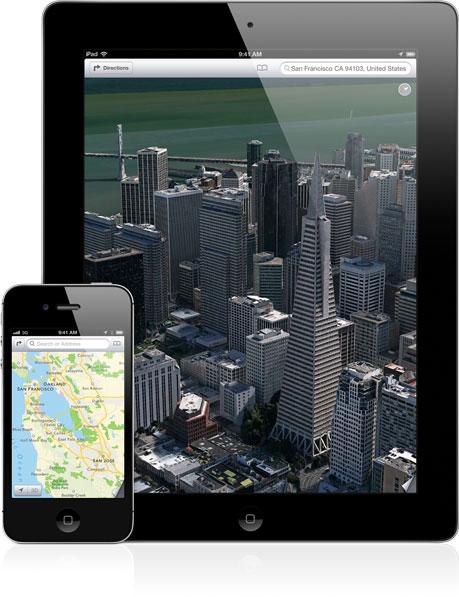
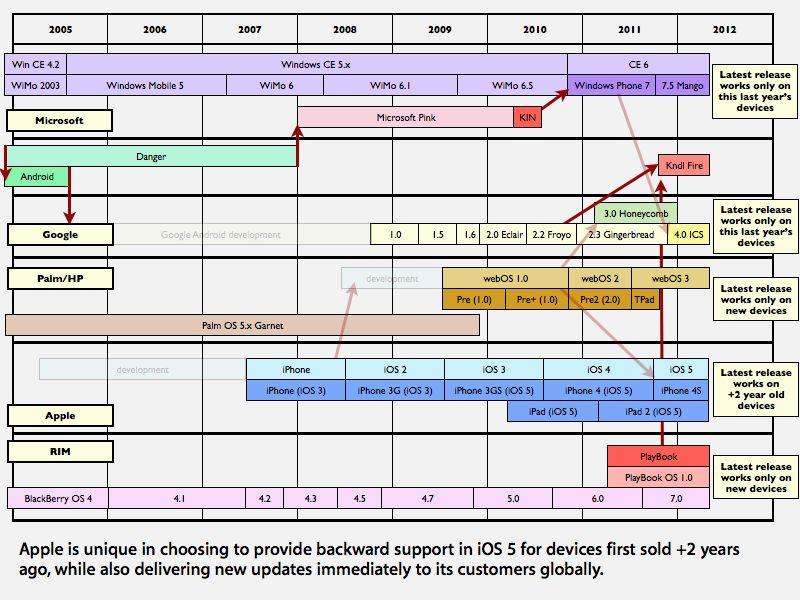


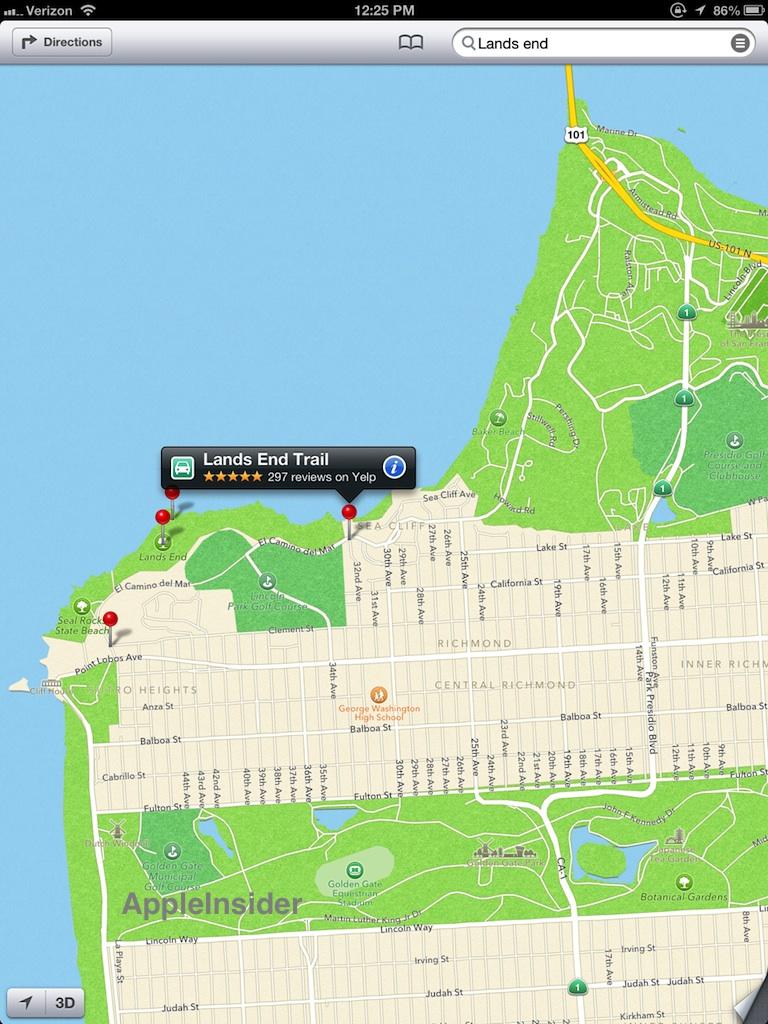
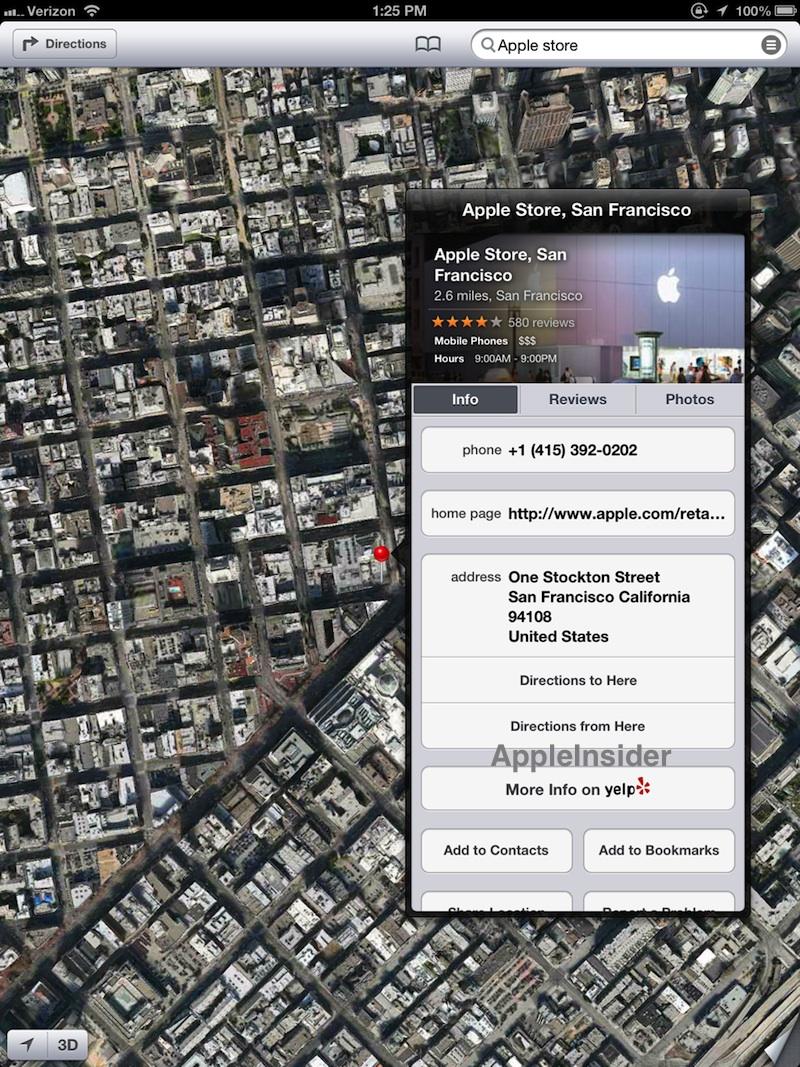
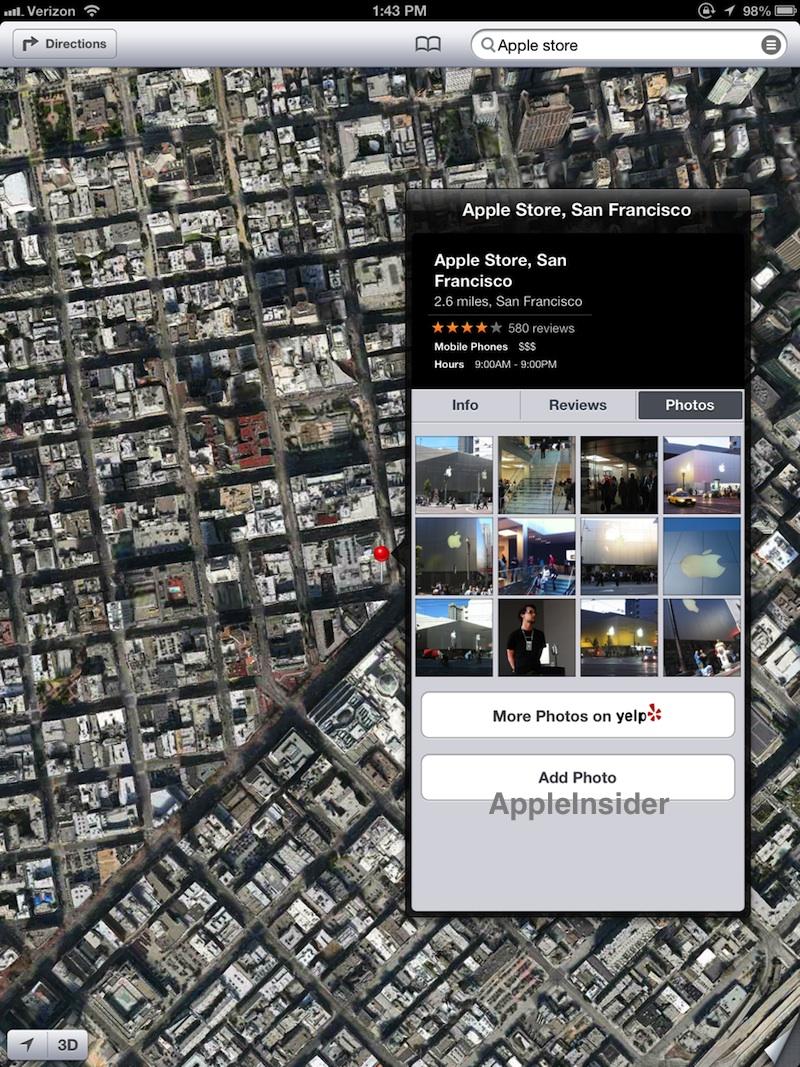











 Mike Wuerthele
Mike Wuerthele
 Malcolm Owen
Malcolm Owen
 Chip Loder
Chip Loder

 William Gallagher
William Gallagher
 Christine McKee
Christine McKee
 Michael Stroup
Michael Stroup
 William Gallagher and Mike Wuerthele
William Gallagher and Mike Wuerthele






